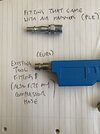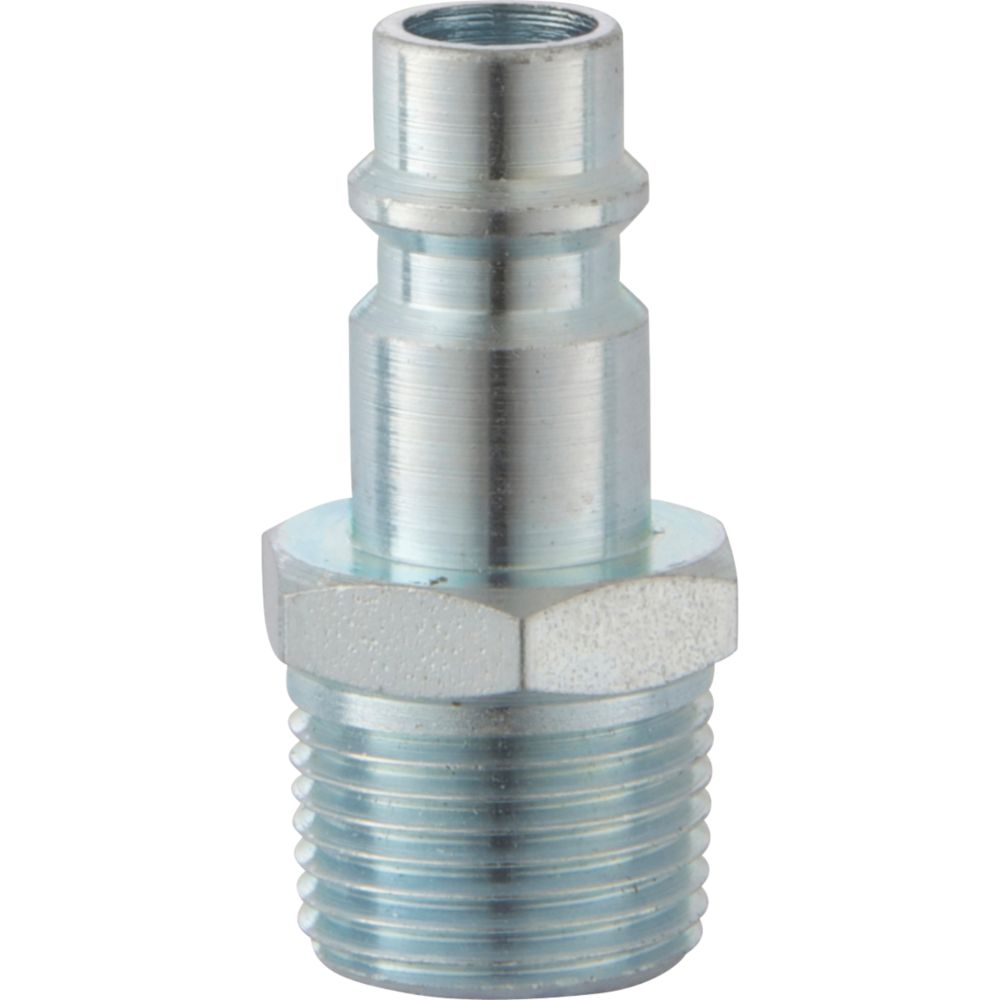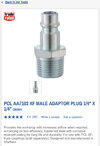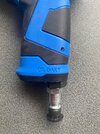Hi all.
I have read a few threads on here and still slightly confused on what route to take tbh.
I have a SGS compressor with 1/4”BSP and Euro plug in ends.
I also had the the tools all short Euro style.
Plus the cheapy plastic siding hose also has a female Euro end for tools I already have other end is make and goes into compressor.
Do I stay with the shorter Euro tyoe ends sds my blowers/tyre inflator/sprayer etc all have these or do I swap to the longer PCL type.
I only found out there was another type as I purchased a air hammer to reclaim/clean bricks.
I also want a decent 10m rubber hose but there are non on EBay with the female euro ends pressed on?
Where do I go from here guys?
Switch to PLE and use an adapter fir my tools?
What about the line then as it would not fit compressor???
Pics below
Cheers
My existing tool ends that fit my cheap female to female spring hose. Plus the longer PLE fitting that came with my new hammer gun.

This is my hose that I want to replace as it plastic /brittle/spring loaded.
It has female end for tools. Male into compressor.

It seems most air line is the longer PLE type?
Any suggestions on what to use as standard and what 10m line I require?
Thanks
I have read a few threads on here and still slightly confused on what route to take tbh.
I have a SGS compressor with 1/4”BSP and Euro plug in ends.
I also had the the tools all short Euro style.
Plus the cheapy plastic siding hose also has a female Euro end for tools I already have other end is make and goes into compressor.
Do I stay with the shorter Euro tyoe ends sds my blowers/tyre inflator/sprayer etc all have these or do I swap to the longer PCL type.
I only found out there was another type as I purchased a air hammer to reclaim/clean bricks.
I also want a decent 10m rubber hose but there are non on EBay with the female euro ends pressed on?
Where do I go from here guys?
Switch to PLE and use an adapter fir my tools?
What about the line then as it would not fit compressor???
Pics below
Cheers
My existing tool ends that fit my cheap female to female spring hose. Plus the longer PLE fitting that came with my new hammer gun.

This is my hose that I want to replace as it plastic /brittle/spring loaded.
It has female end for tools. Male into compressor.

It seems most air line is the longer PLE type?
Any suggestions on what to use as standard and what 10m line I require?
Thanks







